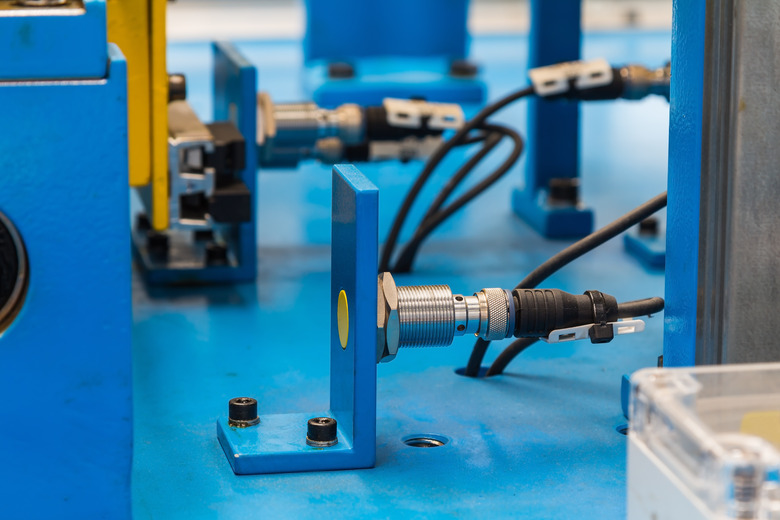What Is A Momentary Action Switch?
A momentary action switch is a classification in electronics. It describes an electronic switch's contact type, or how a device is instructed to produce an electric charge. Momentary action switches, as the name suggests, are temporarily activated by applied force and returned to normal when the force is removed.
Function of Switches
Function of Switches
Switches are electrical components designed to unite or break an electrical circuit for the purpose of disrupting a current or diverting it to another conductor. They typically have one or more pairs of contacts that can be either closed (the internal wires are connected, allowing an electric flow) or open (the wires are separated, nonconducting an electric flow) contacts.
Function of Momentary Action Switches
Function of Momentary Action Switches
Momentary action switches turn a process on and off when force is applied and then removed. The applied force makes the circuit closed and the removed force returns them to being open, in its usual position. Commonly found examples are doorbells, car horns and laser pointers.
Features
Features
The trigger for momentary action switches is usually a button but the method of operation could be a key, slide or toggle. Switches can be designed to indicate this momentary action by a light or sound.
References
Cite This Article
MLA
Zeske, Mateo. "What Is A Momentary Action Switch?" sciencing.com, https://www.sciencing.com/momentary-action-switch-7337727/. 14 October 2010.
APA
Zeske, Mateo. (2010, October 14). What Is A Momentary Action Switch?. sciencing.com. Retrieved from https://www.sciencing.com/momentary-action-switch-7337727/
Chicago
Zeske, Mateo. What Is A Momentary Action Switch? last modified March 24, 2022. https://www.sciencing.com/momentary-action-switch-7337727/
